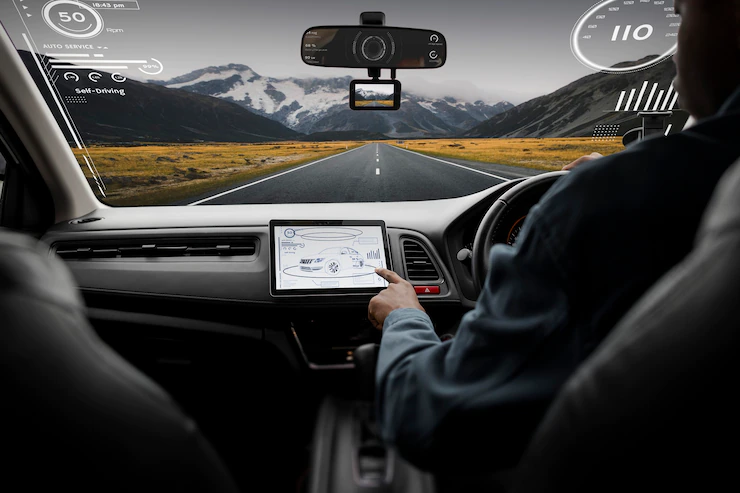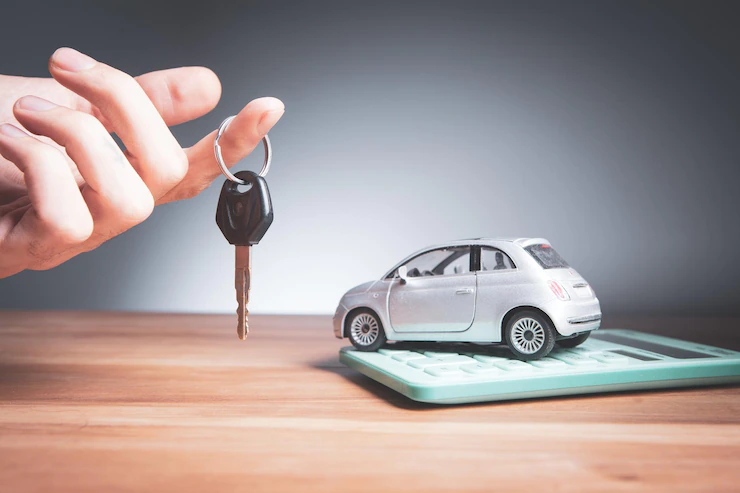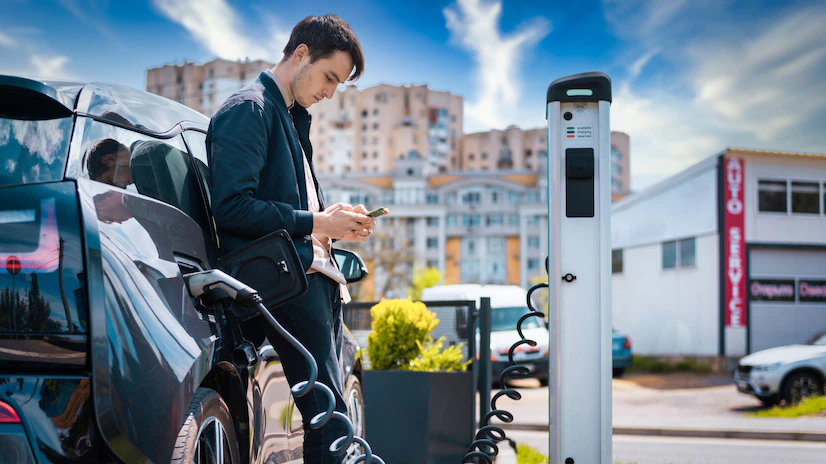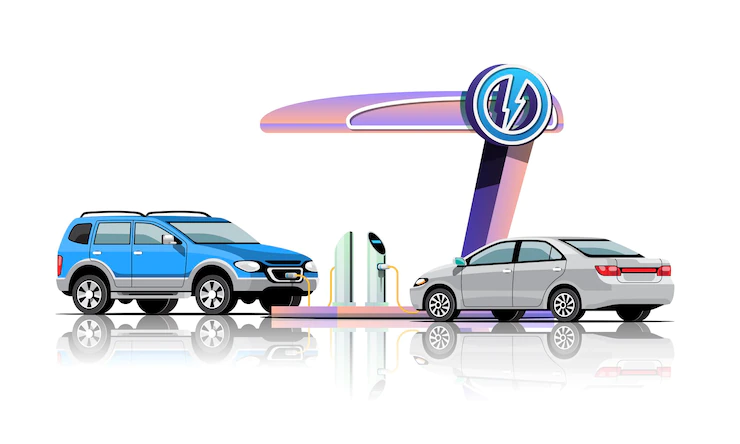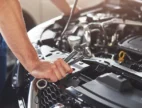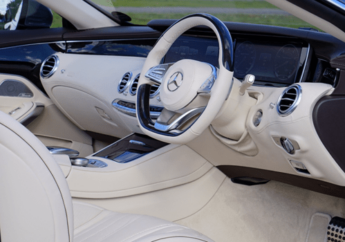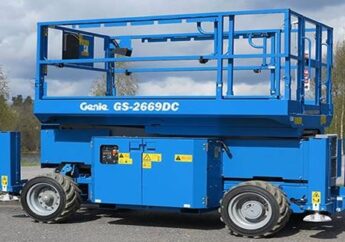The Difference Between Working On Evs And Combustion Engine Cars
by Arnab Dey Automotive Published on: 31 May 2022 Last Updated on: 08 June 2023
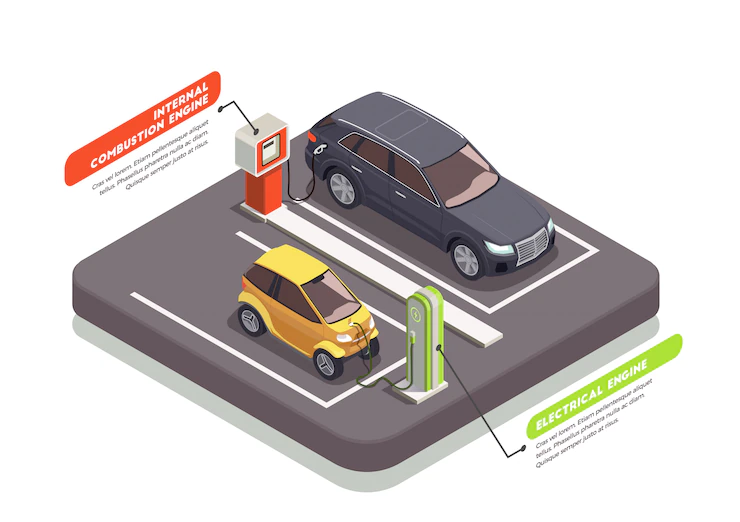
In recent years, EVs have soared in popularity following the government pledge to switch to zero emission cars by 2040. With more Brits opting for electric cars than ever, you might be wondering what the difference is when it comes to repairs. If so, you’ve come to the right place!
What are the major differences between EVs and combustion engine cars?
Although EVs and combustion engine cars may look the same, there are some key differences to be aware of. They include:
1. Speed
If you’ve ever been beaten at the lights by an EV, that’s because EVs are generally faster than traditional cars. As electric cars produce higher torque from the get-go, electric cars have the edge when it comes to speed.
2. Maintenance costs
EVs cost much less to maintain. As there are fewer moving parts, there are fewer things that can go wrong! As a result, changing the oil is history if you have an EV.
The only downside with maintenance costs and EVs is that they require special attention if they do go wrong. As it’s thought that only 5% of mechanics can work on EVs, finding someone might be tricky!
Related Resource: The Benefits Of Owning An Electric Vehicle
3. You’ll need to recharge an EV
Although brands have been developing batteries that can go for 300 miles on a single charge, unlike a combustible engine, you’ll need to stop and charge at some point at an EV charging station during long journeys.. That includes charging your car before you head to the garage!
Related Resource: Tips to Take Care of Electric Batteries
4. You won’t hear an electric car coming
Unlike hearing the purr of a combustible engine, electric cars are much quieter by nature. In fact, as the battery makes no noise, the only sound you’ll hear from an EV is the sound of the tires on the road and wind resistance. As a result, many die-hard petrol heads prefer traditional engines!
What are the similarities between EVs and combustible engine vehicles?
With all the differences, it would be easy to think that the cars are entirely different, but that’s not the case.
Whilst there are many differences, some aspects of the cars are similar. For example, universal components such as tires, seats, mirrors, windshields, and pedals will still need regular attention.
As such, it’s best to keep some basic tools handy (such as spanners, sockets and wrenches) so you can carry out simple repairs.
Final thoughts
With EVs being excellent for the environment, it’s no surprise that many of us are making the switch. However, if you’re thinking about taking the plunge, it’s important to be aware of the differences when it comes to keeping your EV running optimally.
Although you may need to switch mechanics, the good news is that many EV components are the same as combustion engine cars, meaning your old toolkit will still work wonders for small repairs here and there.
Will you make the switch?
Read Also:


























































































